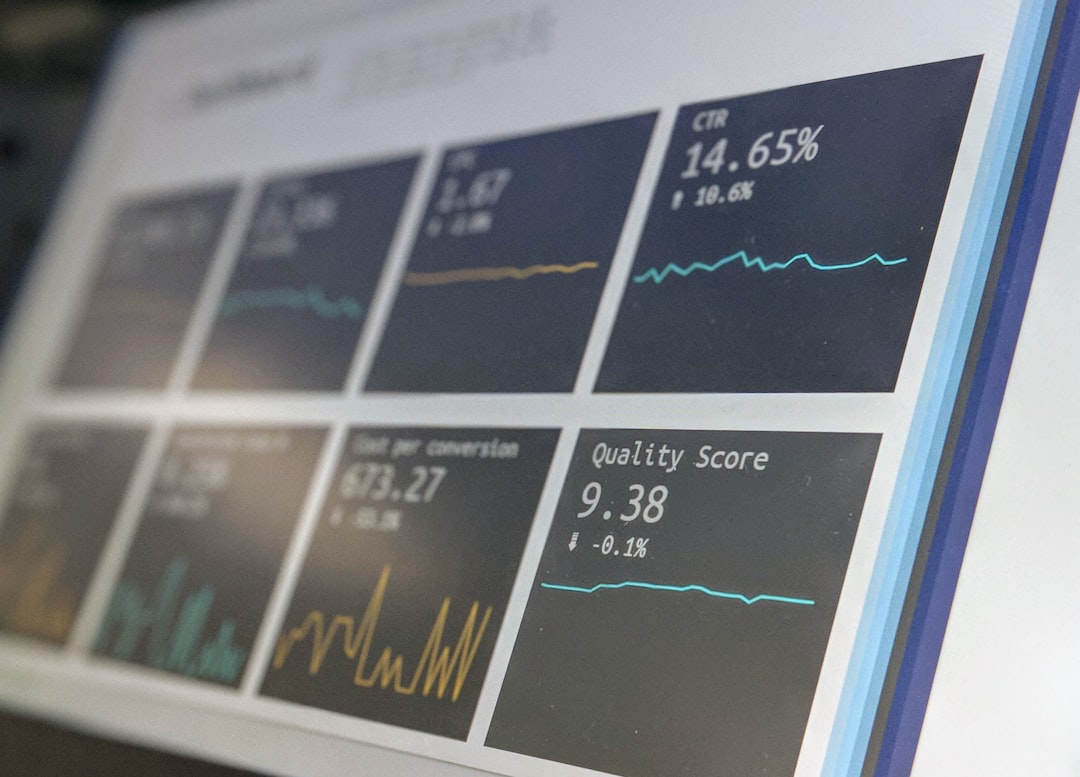Unlocking User Insights: Predictive Analytics with BigQuery ML and GA4 Data
In the digital age, understanding user behavior is crucial for businesses aiming to optimize their online presence and marketing strategies. Google Analytics 4 (GA4) provides a wealth of data, but extracting actionable insights from this data can be challenging. This is where BigQuery ML comes into play. BigQuery ML allows you to create and execute machine learning models directly within BigQuery, leveraging the power of SQL and the scalability of Google Cloud. In this blog post, we will explore how to use BigQuery ML for user predictions using GA4 data, providing a step-by-step guide to help you get started.
Introduction to BigQuery ML and GA4
BigQuery ML is a powerful tool that enables data analysts and data scientists to build and deploy machine learning models using SQL. It integrates seamlessly with BigQuery, allowing you to leverage your existing data infrastructure without the need for complex data pipelines. GA4, on the other hand, is the latest version of Google Analytics, designed to provide more comprehensive and flexible data collection and analysis capabilities.
By combining BigQuery ML with GA4 data, you can gain deeper insights into user behavior, predict future trends, and make data-driven decisions to improve your business outcomes.
Setting Up Your Environment
Before diving into the technical details, ensure you have the necessary environment set up. You will need:
- A Google Cloud account with BigQuery enabled.
- Access to GA4 data, which can be exported to BigQuery.
- Basic knowledge of SQL and Python.
To get started, follow these steps:
- Create a new project in Google Cloud Console.
- Enable the BigQuery API for your project.
- Set up a BigQuery dataset and import your GA4 data into it.
Exporting GA4 Data to BigQuery
To export GA4 data to BigQuery, follow these steps:
- In your GA4 property, go to the Admin section.
- Under the Property column, click on Data Streams.
- Select the data stream you want to export.
- Click on BigQuery Linking and follow the instructions to link your GA4 property to BigQuery.
Once the data is exported, you can query it using SQL in BigQuery.
Building a Predictive Model with BigQuery ML
Now that your data is in BigQuery, you can start building a predictive model. For this example, let’s create a model to predict user churn based on their behavior.
First, you need to prepare your data. Ensure that your dataset includes relevant features such as user engagement metrics, session duration, and other behavioral data.
Here is an example SQL query to create a training dataset:
CREATE OR REPLACE TABLE `project_id.dataset_id.user_churn` AS
SELECT
user_id,
session_duration,
page_views,
event_count,
churn
FROM
`project_id.dataset_id.ga_sessions`
WHERE
churn IS NOT NULL;
Next, create a machine learning model using BigQuery ML. Here is an example of how to create a logistic regression model:
CREATE OR REPLACE MODEL `project_id.dataset_id.user_churn_model`
OPTIONS(model_type='logistic_reg') AS
SELECT
user_id,
session_duration,
page_views,
event_count,
churn
FROM
`project_id.dataset_id.user_churn`;
Once the model is created, you can evaluate its performance using the EVALUATE statement:
SELECT
*
FROM
ML.EVALUATE(MODEL `project_id.dataset_id.user_churn_model`);
Making Predictions
After evaluating the model, you can use it to make predictions on new data. Here is an example of how to make predictions:
SELECT
user_id,
predicted_churn
FROM
ML.PREDICT(MODEL `project_id.dataset_id.user_churn_model`,
(
SELECT
user_id,
session_duration,
page_views,
event_count
FROM
`project_id.dataset_id.new_data`
))
Interpreting the Results
Interpreting the results of your predictive model is crucial for making informed decisions. The output of the prediction query will include the predicted churn probability for each user. You can use this information to identify users at risk of churning and take proactive measures to retain them.
For example, you might send personalized offers or targeted marketing campaigns to users with a high predicted churn probability.
Best Practices and Tips
To ensure the success of your predictive analytics project, follow these best practices:
- Regularly update your model with new data to maintain its accuracy.
- Monitor the performance of your model and retrain it as needed.
- Use feature engineering to improve the quality of your data and the performance of your model.
- Document your data pipeline and model training process for reproducibility.
Conclusion
Using BigQuery ML for user predictions with GA4 data is a powerful way to gain insights into user behavior and make data-driven decisions. By following the steps outlined in this blog post, you can build and deploy predictive models that help you understand your users better and improve your business outcomes.
For further reading, you can refer to the following resources:
Happy analyzing!
